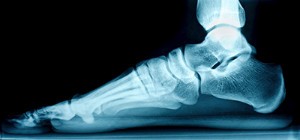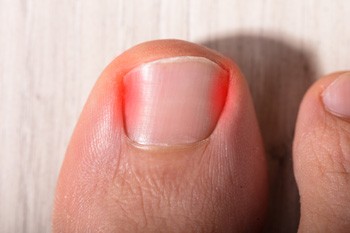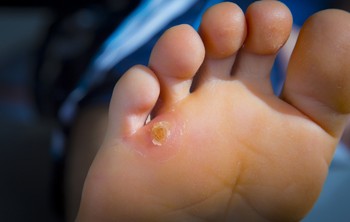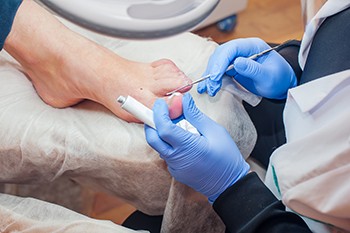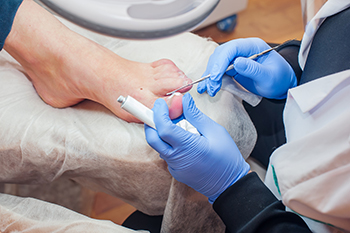Strong and flexible feet are essential to runners. Feet are the part of the body that strike and engage with the ground, and provide the foundation on which the body relies to complete and sustain the running movement. With 26 bones in each foot, nearly one quarter of all the bones in our bodies are located in the feet, not to mention muscles and tendons. Strong arches are an important component in the propulsion action the feet and legs perform during running and also help the foot’s ability to adequately absorb high-impact forces which is critical to preventing injuries. Sometimes, runners either need to compensate for flat feet, or they can develop fallen arches over time. There are exercises a podiatrist can suggest to help you strengthen your foot muscles, as well as custom orthotics to give you the proper arch support you need while running. Additionally, they may present a surgical option to correct flexible flatfoot.
Flatfoot is a condition many people suffer from. If you have flat feet, contact one of our podiatrists from Biebel & DeCotiis Podiatry Associates. Our doctors will treat your foot and ankle needs.
What Are Flat Feet?
Flatfoot is a condition in which the arch of the foot is depressed and the sole of the foot is almost completely in contact with the ground. About 20-30% of the population generally has flat feet because their arches never formed during growth.
Conditions & Problems:
Having flat feet makes it difficult to run or walk because of the stress placed on the ankles.
Alignment – The general alignment of your legs can be disrupted, because the ankles move inward which can cause major discomfort.
Knees – If you have complications with your knees, flat feet can be a contributor to arthritis in that area.
Symptoms
- Pain around the heel or arch area
- Trouble standing on the tip toe
- Swelling around the inside of the ankle
- Flat look to one or both feet
- Having your shoes feel uneven when worn
Treatment
If you are experiencing pain and stress on the foot you may weaken the posterior tibial tendon, which runs around the inside of the ankle.
If you have any questions please feel free to contact one of our offices located in Holmdel and Middletown, NJ . We offer the newest diagnostic and treatment technologies for all your foot and ankle needs.
